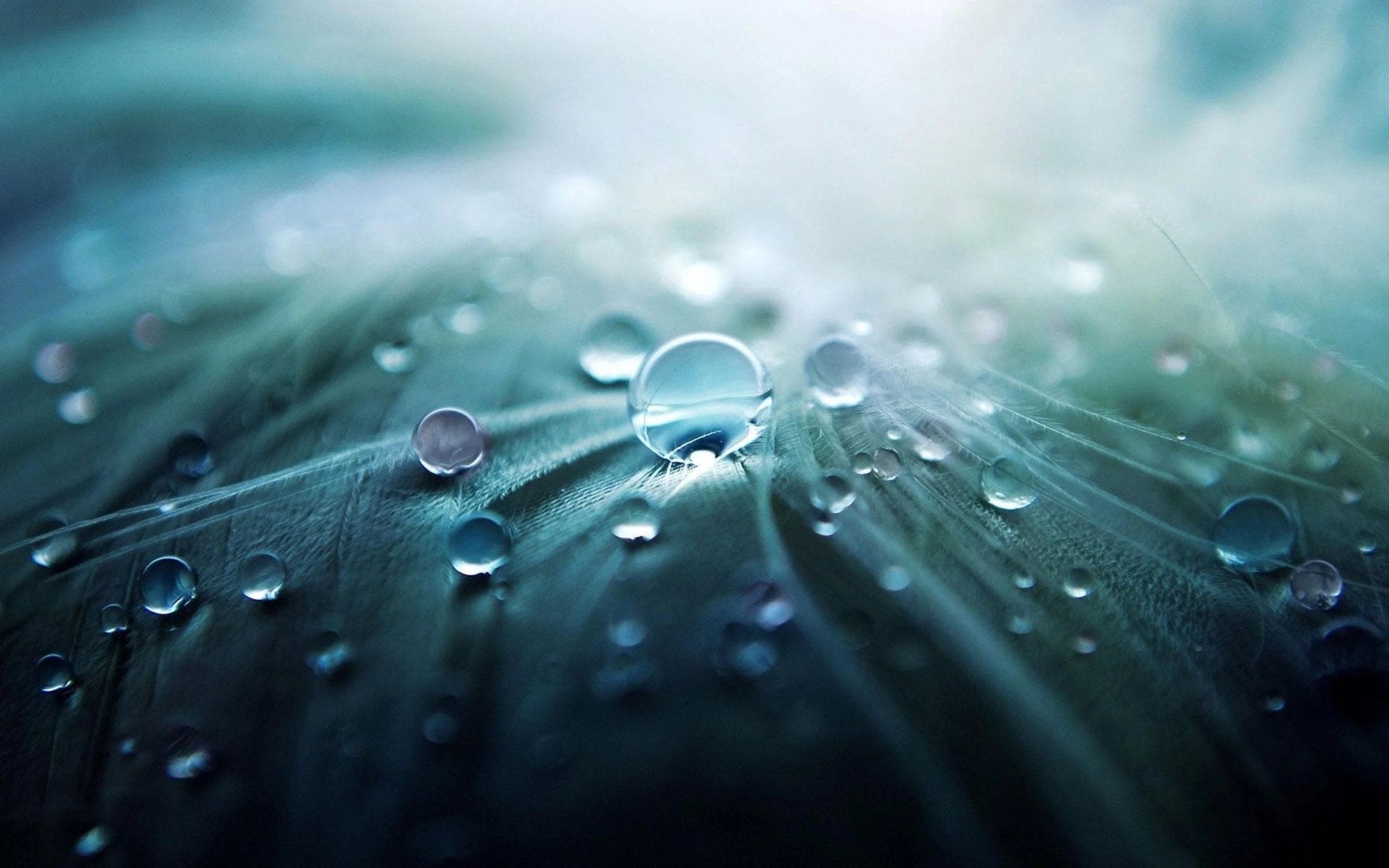You can take remarkable close-up shots even with a primary point-and-shoot digital camera. Although setting the camera to macro is an important step, some additional rules may be more intricate - but don't worry! You don't need to be a photography guru to succeed.
Capturing a stunning close-up photo requires three primary elements:
- Knowing your camera's settings and how best to use them for the desired image is essential.
- Setting up your shots meticulously.
- Familiarizing yourself with fundamental photography concepts will allow you to seamlessly integrate those principles into your practice.
If you want to craft close-up photos that resonate with even the most discerning viewer, here are some tips and tricks to live by.
Know What's Around You
By being attentive and mindful of all around you, you will discover a wealth of creative ideas or sources of motivation for close-up shots. As varied as your imagination allows, these subjects will allow you to craft exciting stories with each photo.
Practice
Have you ever heard the adage that a photographer should study their subject? It's essential to get familiar with what kind of scene you are shooting, especially if your target is something like insects, hummingbirds, or other small creatures. Indeed, taking time to research will give photographers an edge in capturing those perfect shots and help spark creative concepts for the project.
Know the Basics
An essential element of a great photo is outstanding lighting. Before you take that close-up shot, analyze the light in your subject's area (mainly when shooting photographs of plants and insects). When photographing outdoors in an open space with lots of bright light (e.g., a field full of blooms), observe how colors interact with natural illumination. If you are snapping pictures indoors, play around with various lights ahead of time to ensure your subjects receive only a little brightness - this can create blurry pics! Additionally, stay away from using flash for better results.
Consider the Background
Make your subject the focal point of attention and create an eye-catching scene by selecting a background that boasts extreme contrast with the entire picture. A bright backdrop against light, cloudy elements in front, or vivid colors placed side-by-side, contrasting backgrounds will help you achieve this effect effortlessly.
Use a Tripod
If you want to take high-quality close-up shots, the most common problem is blurriness and a dangerous effect. This occurs when holding your camera with unsteady hands. To eliminate this issue, use a tripod for stronger focus to prevent wobbling images! However, if you can't access one, look around for solid surfaces such as tables and firmly place your camera on top. Make sure that the surface's height corresponds well with the position or placement of your subject so you can capture perfect pictures every time!
Take Loads of Shots
To ensure you have the best photo possible, capture as many detailed shots of your subject as possible. Like a movie, the director would do when shooting a scene, shoot from various angles and perspectives to give yourself plenty of options for framing or adding to your collection. This way, you can choose the most fitting shot for your project!
Related article: Photography Composition Techniques
Practice Makes Better
To capture the most captivating close-up photo, head outside! Flora and fauna are excellent subjects as they boast bright colors and work well with natural lighting. For optimal illumination, snap your pictures early in the morning or late in the evening before sunset arrives. With ideal light exposure, you'll create a stunning masterpiece that will leave viewers breathless.
Related article: Golden Hour - The Key to Better Golden Hour Photography
Keep up your practice and take more pictures to monitor your photography progress. Analyze each photo you take, identify what needs improving, and acknowledge what has been mastered thus far. With dedication, a variety of subjects will become accessible to you in no time!
These tips should come in handy if you start with taking close-up photos. However, as technology and photography products evolve, stay mindful of any new techniques that may arise! Recent trends in the industry can offer exciting possibilities for aspiring photographers.
Related article: Macro Eye Photography
Related article: Insect Photography
Related article: How to Photograph Hummingbirds
Related article: How to Photograph Flowers












